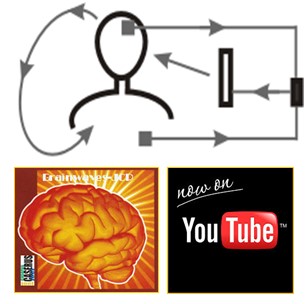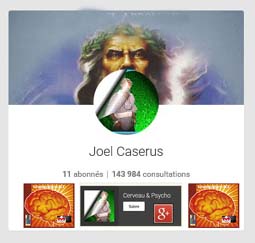The use of anatomical models A precision of these anatomical models, variable, but which may prove perfect, however, for certain models, used in particular in medicine and whose price is still high. Anatomical models have the advantage of being able to delimit devices, locate organs as well as show organizational plans. But as the traditional anatomical plates can only be a reference in the classroom, since it is hardly possible to do a truly individual work. Virtual anatomical models, 2D and 3D already exist, to allow various pedagogical approaches in terms of possible activities of the learners. See the Corpus example;
The use of thematic videograms: Supports that make it possible to compensate for the impossibility of the practice, or even to treat a function, the learner or the student always remain spectator, a video generally bringing simply and only visual information. Example: the fate of food in a digestive tract.
The use of computer animations: Flash-HTLM 5 ... More or less sophisticated, already exist, and new, expected. The specific characteristics of these animations, with a linearity of the scenario will make that the student or the learner would have no initiative, and therefore, a limited interactivity. Examples in Flash and HTML5.
New teaching materials Some may be able to correspond to concrete representations of the real, others virtual ones, such as new computer programs, which will allow, with the integration of Augmented Reality (RA), to simulate an organ or, Physiological process. Example, with Aurasma.

